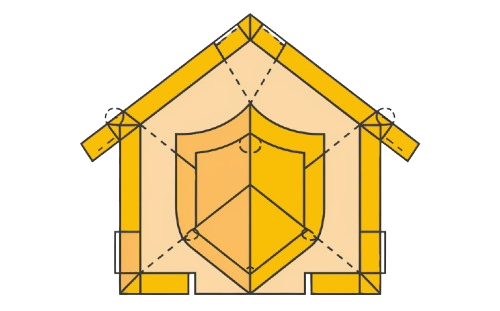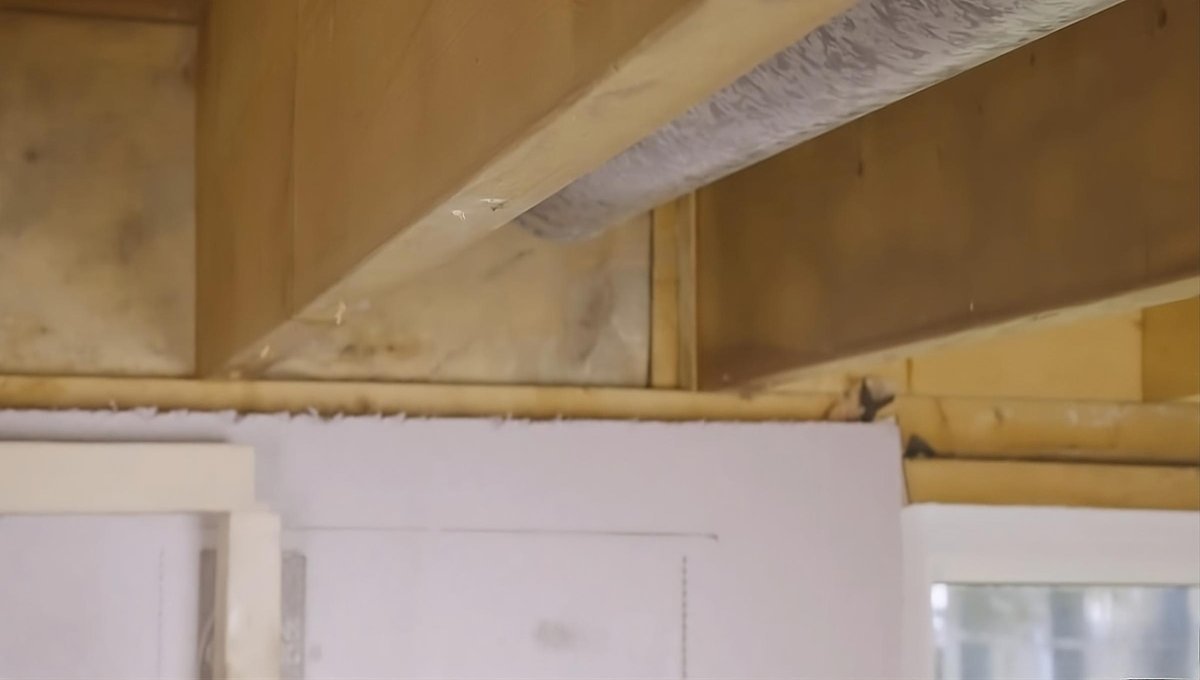If you’ve found that your basement feels cold during winter, or your energy bills are rising during the peak summer, you’re likely wondering if insulating your rim joists is necessary. These joists are often lacking proper insulation, which can cause cold floors and reduce efficiency in your home. Insulating them could improve your indoor comfort by stopping air leaks, especially during extreme temperatures. Without it, you may be experiencing higher energy use and feeling drafts that could easily be avoided with the right insulation.
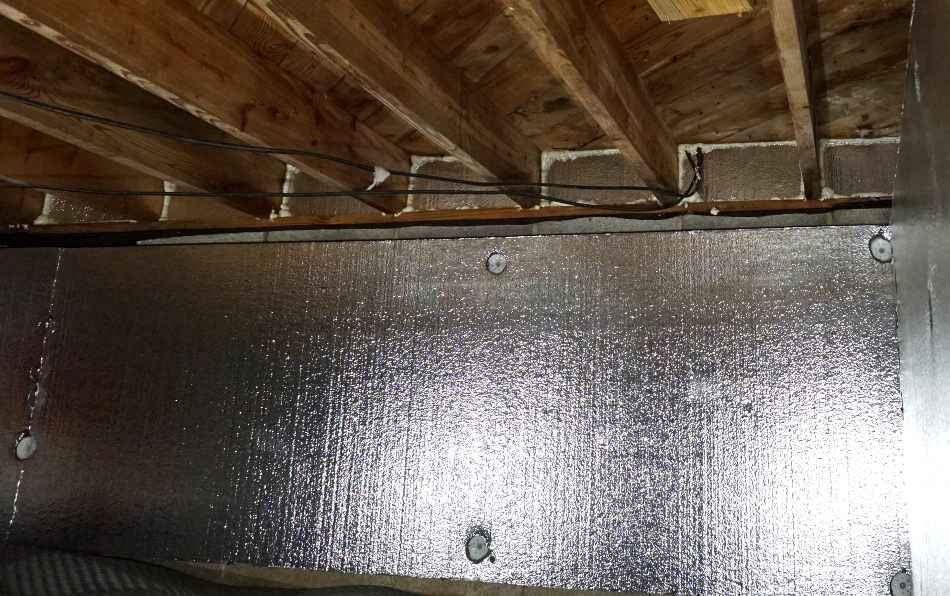
Whether your house is finished or unfinished, it’s important to inspect the rim joists along the perimeter. In some cases, drywall or plaster may need to be cut to check for gaps. The joists, typically installed as sawn or engineered wood, form a critical part of the structure and should be insulated to maintain efficiency. Older houses with unfinished basements are easier to inspect, but either way, it’s a necessary step to seal this area. Taking the time to address this system can make a big difference in whether your home stays comfortable during summer and winter.
Should You Insulate Rim Joists?
Yes, rim joists should be insulated because they are exposed to the outside temps, making them an important area to seal. This is especially true in regions that get cold in winter and quite hot during summer. If left unsealed, these joists allow air to leak in and out of your home, affecting both comfort and energy use. Proper insulation in this area helps maintain a stable temperature inside and prevents drafts, making it a very practical solution for improving efficiency.
Why Do We Insulate Rim Joists?
Rim joists are areas where the inside of your home meets the outdoors, and when uninsulated, they can let in drafts and cause energy loss. This is typically due to layers like sheathing, asphalt felt, or housewrap, which are only about ½ to ¾ inch thick and can’t block cold air effectively. Adding proper insulation to the rim joists creates a barrier that keeps your siding and interior safe from moisture and cold air. Without it, you might face problems with uninsulated gaps, especially in older homes where joists weren’t properly sealed. That’s why it’s important to ensure every layer is protected.
Why Rim Joist Insulation Is Essential for Meeting Building Codes
Builders often install insulation in basements to meet code requirements, but rim joists are commonly left bare. This lack of insulation can make your home less effective at keeping out drafts and regulating temperature. Building codes require insulated rim joists because this area is a critical part of your walls and ceiling, helping to stop air leaks. Depending on your home’s age, the presence of fiberglass batts or spray foam may already be in place, but it’s important to check if the application is effective.
The reason for insulating joists is simple: It prevents heat loss and keeps your home more comfortable year-round. Builders must follow codes, but going beyond the minimum requirements is always a smart choice. New homes are built with better materials, but older basements often need upgrades to meet modern standards. Adding fiberglass or spray foam is a common solution, especially in colder climates where heat retention is critical. Insulation in this area is a small step that makes a big difference in your home’s energy performance.
Why Rim Joists Are Vulnerable to Cold Air Infiltration
Many homes, especially those with a basement, have rim joists that are high infiltration points for cold air. These areas, located beneath the floors and along the walls, are where masonry and wood frame structures meet. The differences in materials, like porous masonry and less porous wood, create a weak spot that allows air to travel through. This location is vulnerable, especially in colder climates, where drafts push into your home, causing heat loss.
Both older and newer buildings can have joists that are not properly sealed. A simple fix is to support this area with proper insulation to reduce air infiltration. The transition point between beams and walls needs attention because the properties of each material affect how air moves. Example: Masonry walls can absorb moisture, while wood beams resist it, but neither stops air quite as well without insulation. Taking the time to seal these points can make your home much more comfortable during cold seasons.
Why Insulating Rim Joists Is a Smart Investment
Adding insulation to your rim joists offers many benefits for your home, from reducing energy costs to improving overall comfort. Neglecting this area can lead to air leaks, moisture issues, and poor indoor quality, all of which can impact your living experience. Let’s explore how insulating your rim joists can bring noticeable improvements in multiple ways.
Energy Efficiency
One of the biggest advantages of insulating your rim joists is improving your home’s energy efficiency. Unsealed rim joists can cause air leaks, leading to heat loss in the winter and heat gain in the summer. This increases your energy costs as your heating and cooling systems must work harder to maintain a stable indoor temperature. By reducing these leaks, you can help your HVAC system work more efficiently, making your home more comfortable throughout the year.
Comfort
Proper insulation in the rim joists can significantly improve the comfort of your home, especially in areas near the basement or foundation. Cold drafts from unsealed gaps can make your living spaces feel uncomfortable during colder months. Insulating these spaces can eliminate drafts and overall make your home feel warmer and cozier. This is particularly important for older homes, where foundation gaps are more common.
Moisture Control
Moisture issues in rim joists can lead to serious structural damage if not addressed. Condensation buildup may cause mold growth, which can weaken the structure of your home over time. Insulating your rim joists can help prevent these problems by creating a barrier that controls moisture levels. This is particularly useful in basements, where moisture control is essential to keep the space dry and safe.
Improved Air Quality
Sealing rim joists can also lead to improved indoor air quality. Without proper sealing, dust, pollen, and other allergens can enter your home through gaps. By minimizing air entry, you can keep your indoor air cleaner, creating a healthier environment. A properly sealed and insulated home will have fewer contaminants, contributing to better air quality for you and your family.
Cost-Effectiveness
Although there is an initial cost for materials and installation, insulating your rim joists can result in long-term savings on your energy bills. Over time, these savings can offset the expense of the insulation project. Considering how much energy you could save, insulating your rim joists is a cost-effective investment that pays off in both comfort and efficiency.
Why Insulating Rim Joists Can Be Challenging
Rim joists are notoriously difficult to insulate because of their awkward spaces and bare boards in areas like the basement. Many builders choose to use traditional batt insulation, but this product often cannot effectively seal gaps, leaving your home vulnerable to air leaks and reduced efficiency. Getting the right insulation in place is important, but it’s rarely a simple task. Joists in band boards require precise application, and spaces around plumbing and wiring make the process even more difficult. Despite these challenges, properly insulated rim joists can improve comfort and energy performance, making it worth the extra effort. Builders often opt for spray foam to perform the job more efficiently.
Why Ordinary Fiberglass Insulation May Not Be Enough for Rim Joists
Using ordinary fiberglass batts to insulate rim joists is a popular approach, but it often leads to problems that homeowners don’t expect. Fiberglass insulation is permeable, meaning it can allow air and moisture to pass through. This accumulation of moisture can cause condensation, leading to dampness and mold growth, especially in colder climates. If left unchecked, this can result in serious damage to the lumber, causing rot in the joists and the surrounding foundation. Homeowners may discover these issues years after installation, often when it’s too late to avoid costly repairs.
Another issue with fiberglass batts is that they don’t create an airtight seal, which is essential for preventing leaks and stopping cold air from entering your home. Even if you try to cut the batts to fit the cavity, gaps and cracks can still form, allowing air infiltration. These gaps not only reduce the effectiveness of the insulation but also make it harder to maintain a stable indoor temperature, especially during extreme weather. The result is higher energy bills and a less comfortable living environment.
Insulating Rim Joists with Foam Board: What You Need to Know
Insulating rim joists using foam board is a common method, but it can be more challenging than it seems. These areas in basements are often awkward and cluttered with pipes and wiring, making it harder to get a proper airtight seal. Rigid foam must be cut to fit around these protrusions, which can be time-consuming and fussy. Builders often compare different materials, but foam board is usually chosen for its low costs and easy availability. However, installing it correctly requires patience, especially if you want to avoid leaving seams that allow air to pass through.
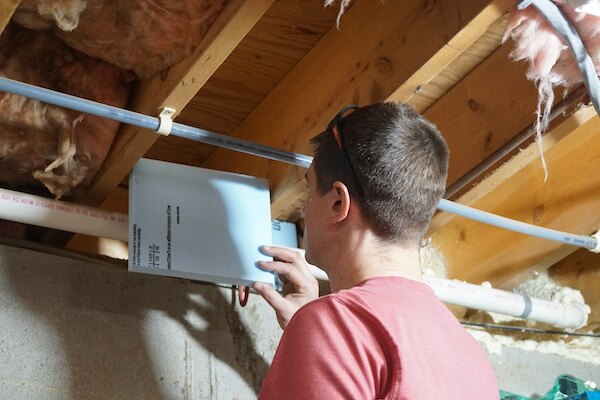
Using polyisocyanurate or EPS foam is recommended because they are more environmentally friendly compared to XPS, which contains a blowing agent with a high global warming potential. Foam boards are sealed with caulking to fill gaps, but achieving a complete airtight seal is still difficult in tight spaces. This is why spray foam is often preferred, as it takes less labor and easily fills all gaps. Rigid foam works well for insulation, but it must be paired with proper sealing techniques to make it more effective. Numerous homeowners have found that spray foam is more efficient for insulating rim joists, especially in colder climates.
If you choose foam board insulation, be prepared for harder labor and cutting it to the right size. Joists that are close to one another or in tight spaces will need more careful sizing. Caulking seams is important to prevent air leaks and ensure a proper seal. In many areas, insulating joists is required to improve energy efficiency in your home, but how you choose to do it can affect your results.
Closed Cell Spray Foam: The Best Solution for Insulating Rim Joists
Rim joists are an important area in your home that should be properly insulated to prevent air leaks and moisture issues. One of the best ways to address this is by using closed cell spray foam, which creates an airtight barrier and effectively seals all angles and gaps. Unlike traditional foam boards, spray foam adheres to the surface and fills every contour, making it a more reliable option for awkward areas in the basement or along the rim joists. The foam expands when applied, forming a dense layer that prevents cold air from infiltrating your living space.
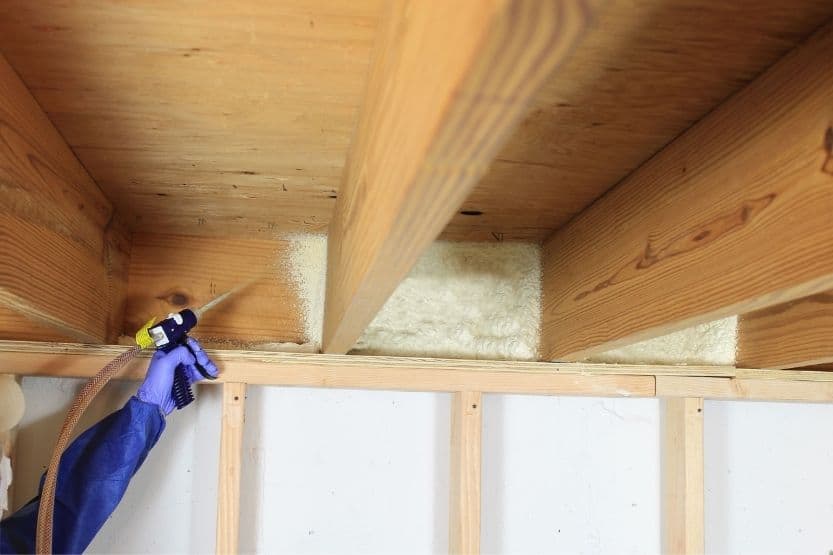
Although the cost of spray foam insulation may be higher than other materials, it has several advantages over traditional options. It can be used in climate zones as cold as zone 6, and with just two inches of depth, it forms a strong vapor barrier that prevents condensation from forming. This type of insulation also performs well in both mild and colder climates, providing year-round protection. Importantly, it helps prevent heat loss during winter and keeps your home cooler in summer by blocking air exchange at the rim joist. This solution is ideal for reducing energy use and maintaining a comfortable indoor temperature.
While closed cell spray foam may take more time to apply, it offers a safer and more effective long-term solution. It eliminates issues like air gaps, which are common with rigid foam boards. By sealing the entire band around the rim joists, you create a continuous barrier that protects your home from air infiltration and moisture problems. For homeowners looking for a single product that can handle multiple tasks, closed cell spray foam is a smart choice.
Final Thoughts
Insulating your rim joists is a beneficial investment for your home. It helps create an airtight barrier that can stop air infiltration and control moisture, preventing problems like cold drafts and energy loss. Closed cell spray foam offers the best solution to seal these areas, ensuring your house stays more comfortable and efficient. While some homeowners may choose to tackle this project themselves, hiring a professional can be a smart move to ensure the job is done right. Depending on your skills, insulation can be hard to apply in awkward areas, but when done correctly, it offers long-term comfort and savings.
Contact us today to connect with trusted professionals who will ensure your rim joists are properly sealed, keeping your home well-protected and energy-efficient for years to come.
FAQ
Do I Need to Insulate a Rim Joist?
Yes, rim joists need to be insulated to prevent air leaks and maintain a conditioned space. If your basement or crawl space forms part of your home’s thermal boundary, you should ensure the joists are sealed with proper insulation. Installing faced batts or wrapped insulation can help, but it’s essential to check the cavity is sealed before applying any material.
Should You Put Insulation Between Joists?
Yes, insulating between joists is a practical approach to improve energy efficiency in residential applications. This standard method can provide superior performance if you’re looking to invest time and resources for maximum benefits. However, putting insulation on top of the joists may offer even more efficiency if you’re willing to go beyond the basics.
Do Rim Joists Need Vapor Barrier?
Yes, rim joists need a vapor barrier to prevent moisture buildup and protect against mold growth or wood rot. Closed cell spray foam helps create a strong barrier that can prevent these problems. However, if not properly sealed, moisture could become a problem, leading to structural damage over time.
Do You Have to Insulate Floor Joists?
Insulating floor joists can improve comfort and energy efficiency in your home, but it depends on your needs. Homeowners should see it as one of the best ways to reduce heat loss. Installing insulation is a good upgrade, but if not done well, there may be drawbacks like gaps. You won’t face harm if the job is properly finished.
